While Bordeaux and Napa Valley dominate wine conversations, some of the world’s most extraordinary wines come from places many enthusiasts have never heard of. These hidden gems offer exceptional quality, unique terroir, and often better value than their famous counterparts.
Here is a list of 20 underappreciated wine regions creating remarkable bottles that deserve more recognition in the wine world.
Priorat
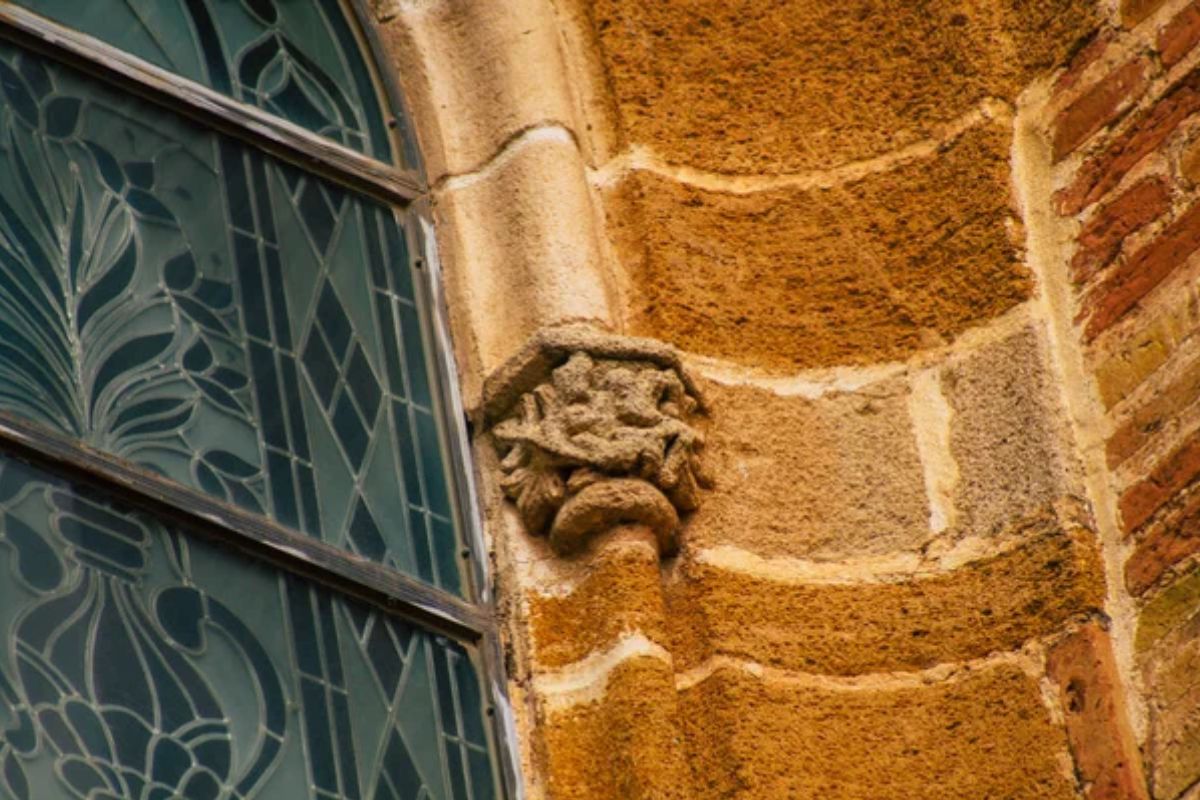
Tucked away in northeastern Spain’s rugged landscape, Priorat produces powerful reds that rival the finest wines of Europe. The region’s distinctive llicorella soil, composed of black slate and quartz, forces vines to dig deep for nutrients, resulting in intensely concentrated grapes.
Local winemakers focus on Garnacha and Cariñena grapes, creating bold wines with distinctive mineral characteristics. The area’s extreme terrain requires almost all vineyard work to be done by hand, limiting production but ensuring exceptional quality. Despite producing some of Spain’s most prestigious wines, Priorat remains relatively unknown outside serious wine circles.
Swartland
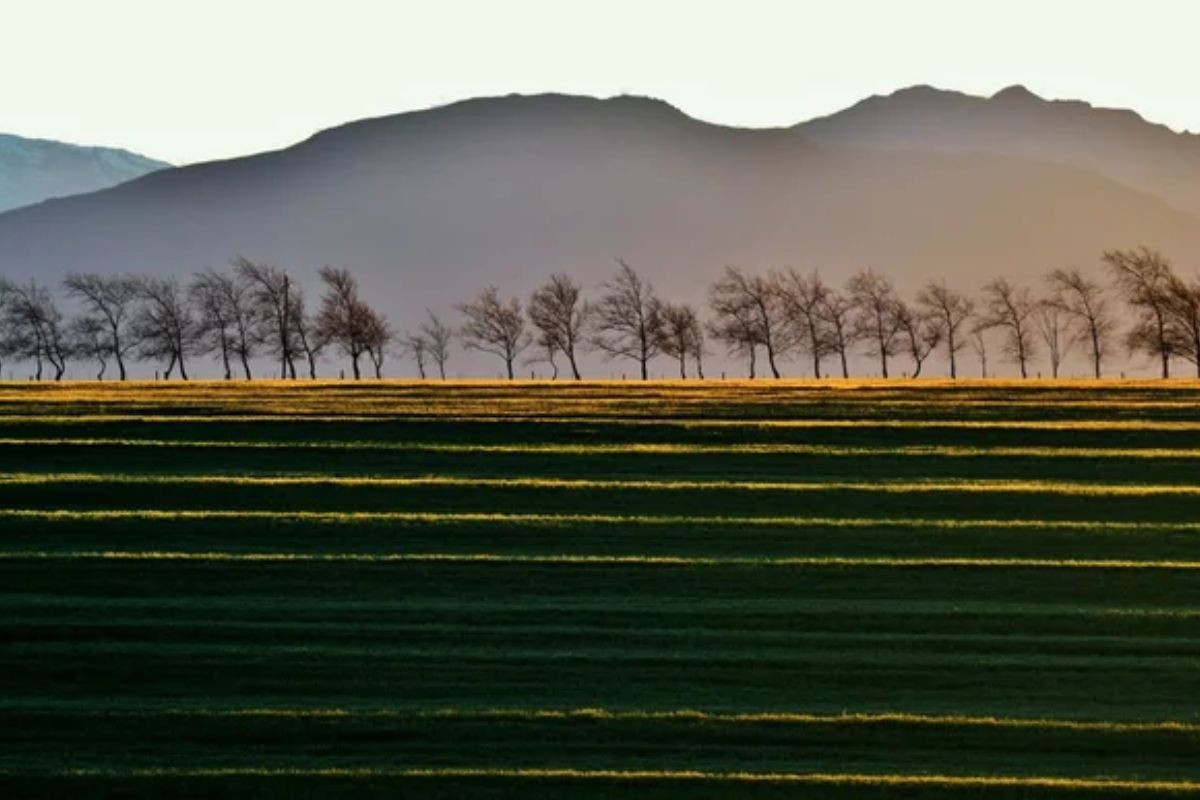
South Africa’s Swartland region challenges conventional wisdom with its bush vine Chenin Blanc and Mediterranean varieties. The area’s old vines, some dating back 100 years, produce wines of remarkable depth and complexity in the harsh African climate.
Local winemakers embrace minimal intervention techniques, allowing the unique terroir to shine through in every bottle. The region’s granite and schist soils contribute distinctive mineral notes to both red and white wines.
Despite increasing critical acclaim, Swartland wines remain surprisingly affordable compared to similarly rated bottles from more famous regions.
Like Travel Pug’s content? Follow us on MSN.
Gattinara
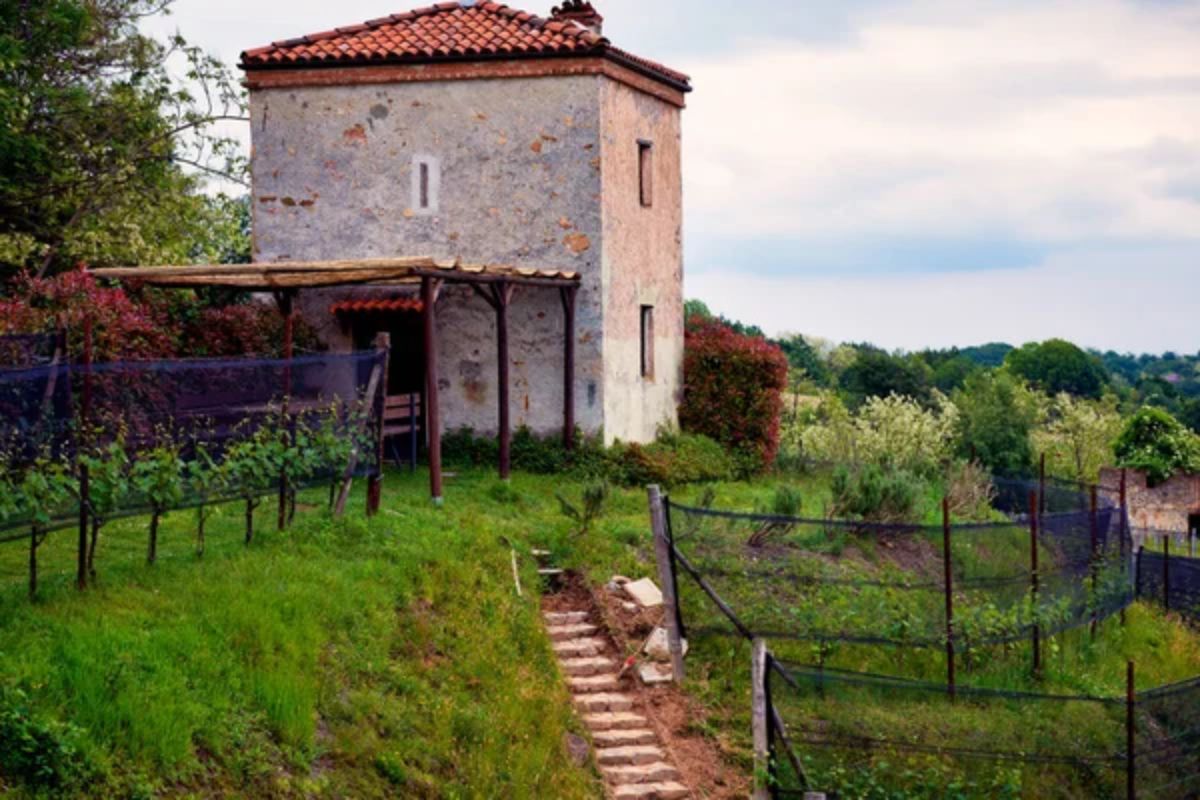
High in the foothills of the Italian Alps, Gattinara crafts elegant Nebbiolo wines that give Barolo a run for its money. The region’s volcanic soils and higher elevation create wines with distinctive mineral qualities and remarkable aging potential.
Local regulations require three years of aging before release, allowing the wines to develop their characteristic complexity. The cool mountain climate produces Nebbiolo with more delicate aromatics and a lighter body than its famous cousins from the Langhe.
Despite producing wines of similar quality to Barolo and Barbaresco, Gattinara’s bottles often sell for a fraction of the price.
Ribbon Ridge

Oregon’s smallest AVA produces some of North America’s most sophisticated Pinot Noir in near anonymity. The region’s marine sedimentary soils and protective geographical features create ideal conditions for growing complex, age-worthy wines.
Local winemakers maintain extraordinarily low yields, focusing on quality over quantity in their small vineyards. The area’s unique microclimate allows for longer hanging times, developing deeper flavors while maintaining crucial acidity.
Despite consistently high scores from critics, Ribbon Ridge remains overshadowed by neighboring Willamette Valley sub-regions.
Savennières
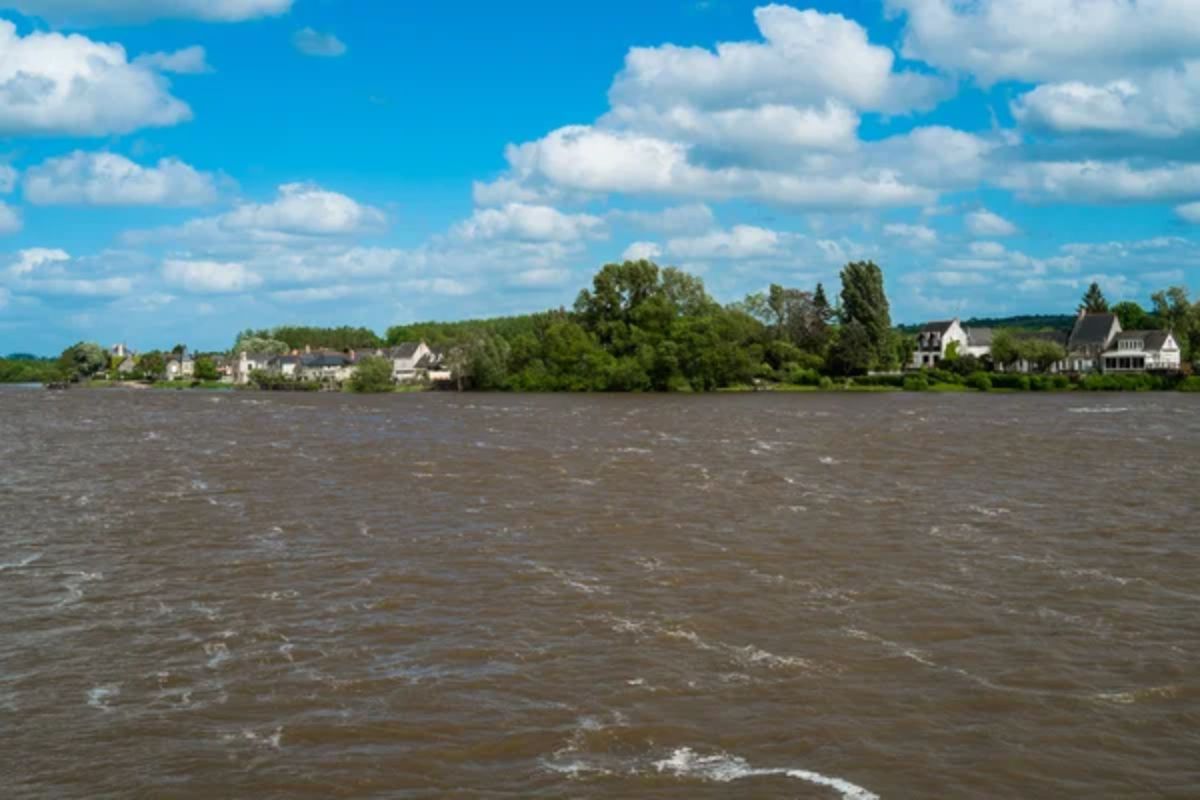
Along the Loire River’s banks, Savennières produces dry Chenin Blanc wines that set the standard for the variety. The region’s schist and volcanic soils, combined with south-facing slopes, create perfect conditions for developing complex white wines.
Local producers often practice biodynamic farming, believing it best expresses their unique terroir. The wines show remarkable aging potential, developing honey and mineral notes over decades in the cellar.
Despite their exceptional quality and aging potential, these wines remain relatively unknown outside Loire Valley enthusiasts.
Like Travel Pug’s content? Follow us on MSN.
Nemea
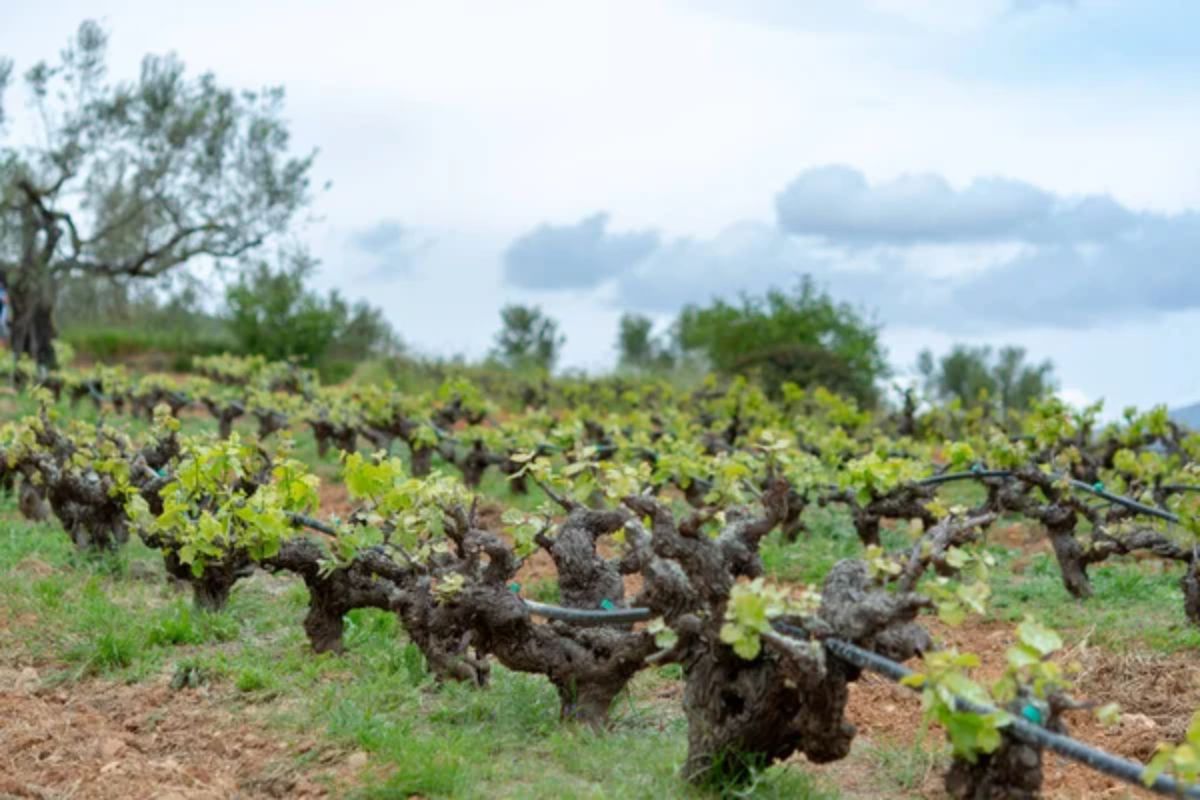
In the Peloponnese highlands, Nemea crafts noble reds from the indigenous Agiorgitiko grape that deserve worldwide recognition. The region’s high-altitude vineyards benefit from cooler temperatures, allowing grapes to develop complex flavors while maintaining freshness.
Ancient clay and limestone soils contribute to wines with remarkable structure and aging potential. Local winemakers blend traditional methods with modern technology to create wines that express their historic terroir.
Despite a winemaking history dating back to antiquity, Nemea remains largely undiscovered by international wine buyers.
Jura
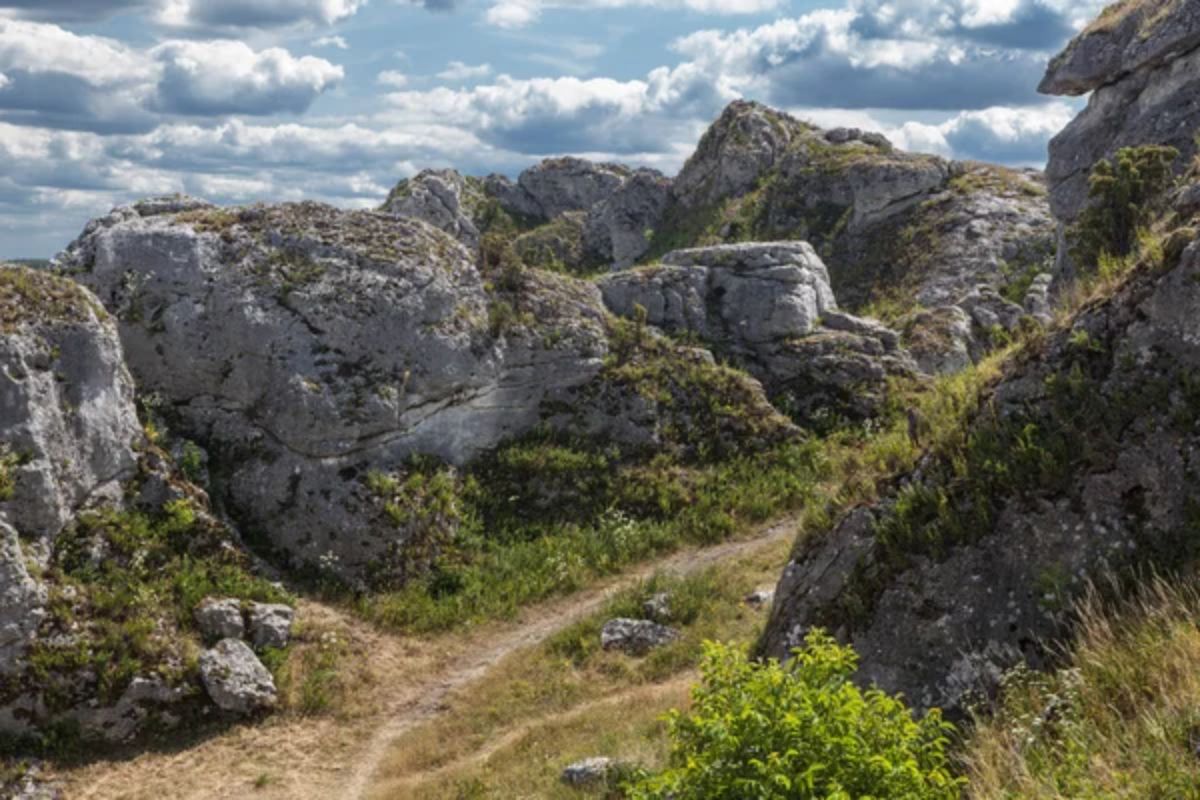
Nestled between Burgundy and Switzerland, Jura produces distinctive wines that challenge conventional wine wisdom. The region’s cool climate and limestone soils create perfect conditions for both traditional and oxidative wine styles.
Local producers work with unique varieties like Savagnin and Poulsard, creating wines found nowhere else in the world. The area’s famous vin jaune undergoes a specialized aging process similar to fino sherry, developing complex nutty flavors.
Despite a devoted following among wine professionals, Jura’s wines remain relatively unknown to mainstream wine drinkers.
Etna
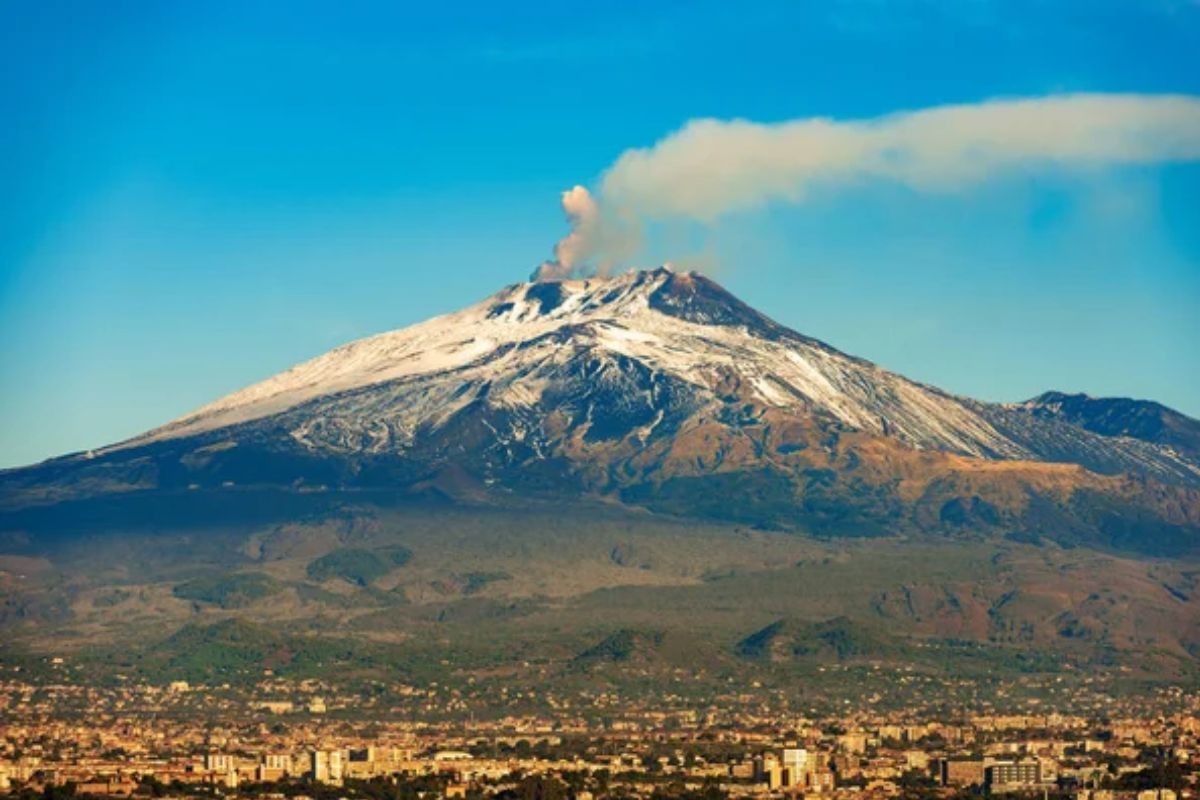
Sicily’s active volcano hosts vineyards that produce wines of explosive character and elegance. Ancient lava flows created uniquely mineral-rich soils that impart distinctive characteristics to both red and white wines.
Local producers work with pre-phylloxera vines, some over 100 years old, growing at elevations up to 3,300 feet. The region’s indigenous Nerello Mascalese grape produces wines often compared to fine Burgundy. Despite recent critical acclaim,
Etna’s wines remain surprisingly affordable compared to other premium Italian wines.
Like Travel Pug’s content? Follow us on MSN.
Toro
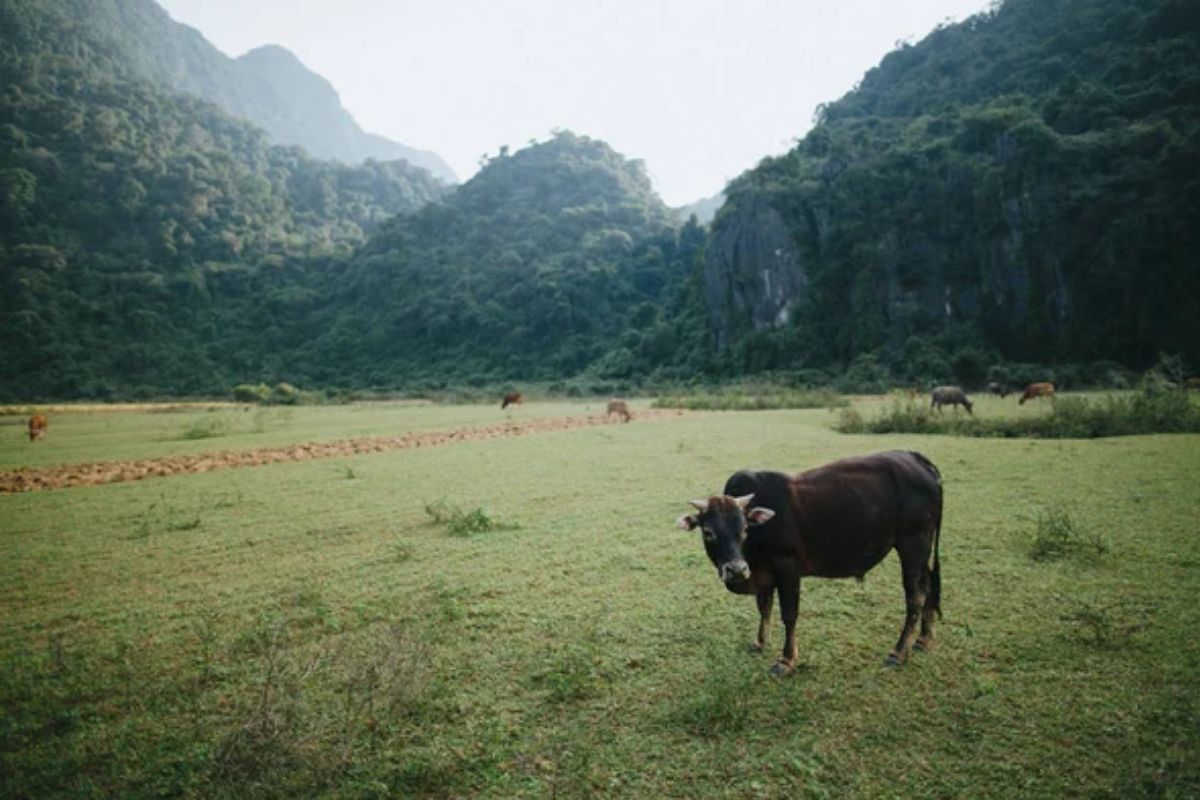
West of Spain’s Ribera del Duero, Toro produces powerful reds that combine intensity with elegance. The region’s high elevation and extreme continental climate create perfect conditions for the local Tinta de Toro grape.
Sandy soils preserved many pre-phylloxera vines, some over 150 years old, producing wines of remarkable concentration. Local regulations allow for both traditional and modern winemaking approaches, creating diverse styling options.
Despite producing wines of similar quality to those of its famous neighbors, Toro’s bottles typically cost significantly less.
Franschhoek
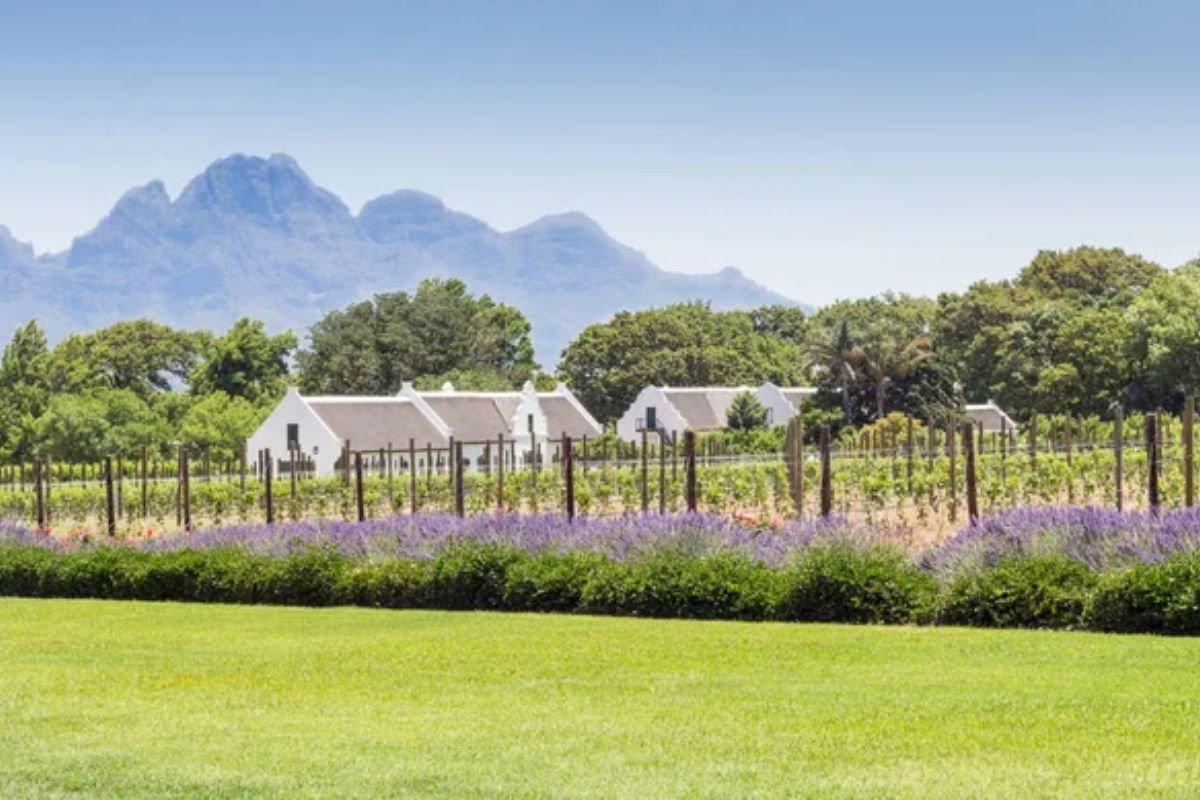
Tucked into a scenic South African valley, Franschhoek produces elegant wines that combine Old World finesse with New World fruit. The region’s unique microclimate, influenced by surrounding mountains, creates perfect conditions for both red and white varieties.
Local winemakers excel with Semillon and Cabernet Franc, creating wines of remarkable complexity and balance. The area’s diverse soils allow producers to match grape varieties to ideal growing conditions.
Despite its picturesque setting and high-quality wines, Franschhoek remains overshadowed internationally by Stellenbosch.
Roussillon
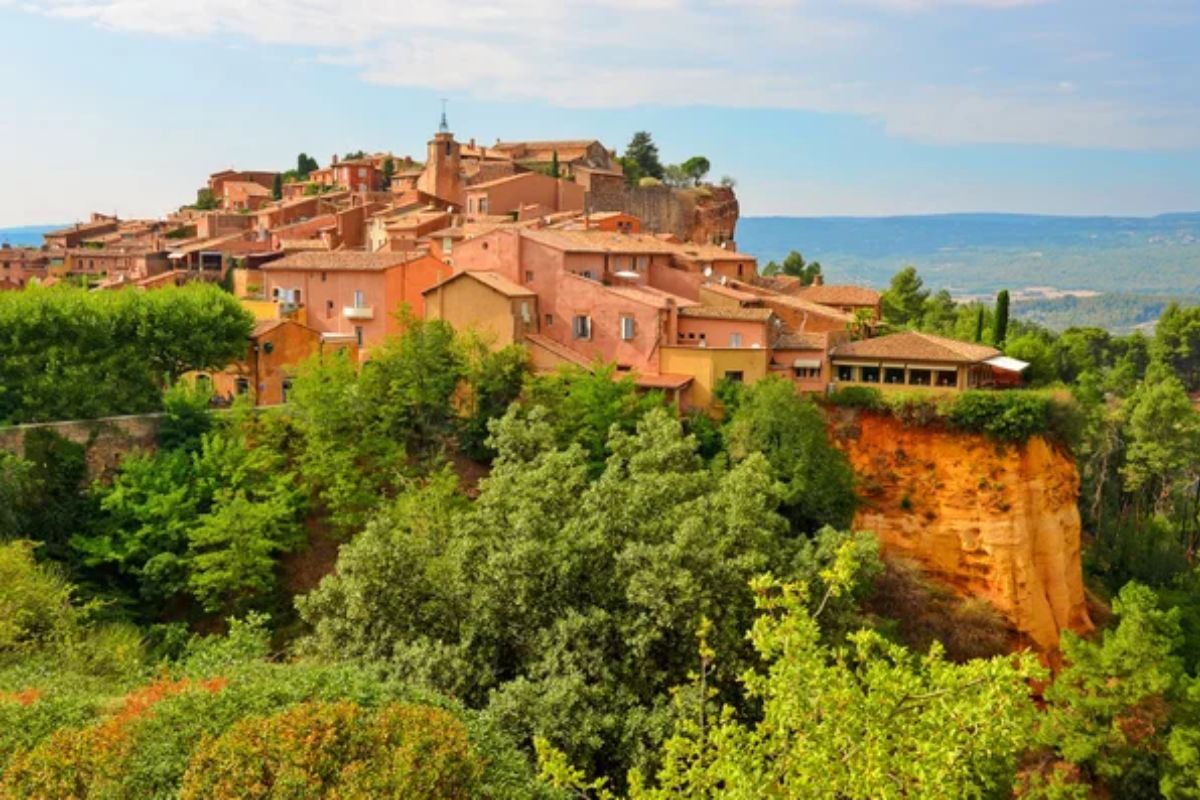
Along France’s Mediterranean coast, Roussillon crafts powerful wines that rival the best of the Southern Rhône. The region’s schist and granite soils, combined with intense sunlight, produce wines of remarkable concentration and complexity.
Local producers work with old vine Grenache and Carignan, creating wines that perfectly express their sun-baked terroir. The area’s varied elevations allow winemakers to maintain freshness despite the hot climate.
Despite producing wines of similar quality to Châteauneuf-du-Pape, Roussillon’s bottles sell for a fraction of the price.
Like Travel Pug’s content? Follow us on MSN.
Santorini
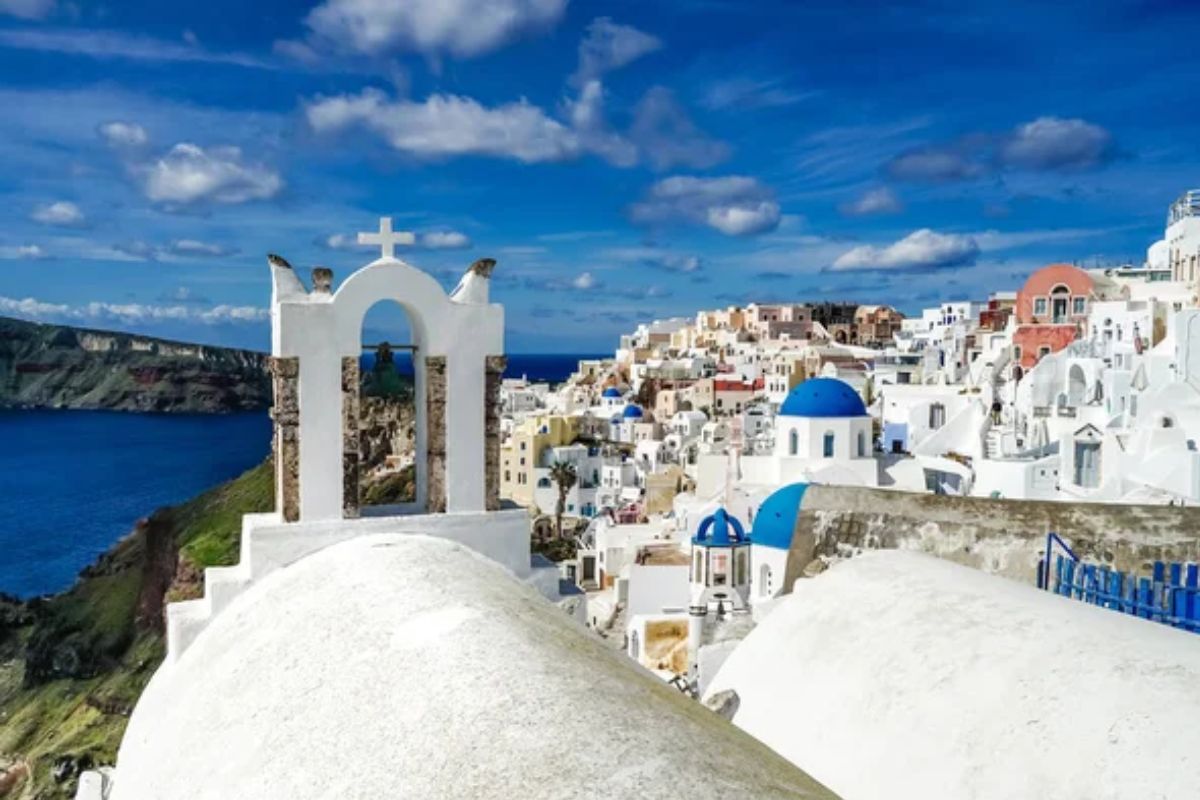
Rising from the Aegean Sea, Santorini’s volcanic soils produce some of Greece’s most distinctive white wines. The island’s indigenous Assyrtiko grape develops intense mineral characteristics from the ash-rich soils.
Local vineyards use traditional basket training methods to protect grapes from strong winds and intense sun. Some vines on the island are several hundred years old, producing wines of remarkable concentration and complexity.
Despite increasing international recognition, Santorini’s wines remain relatively unknown outside wine enthusiast circles.
Alto Piemonte
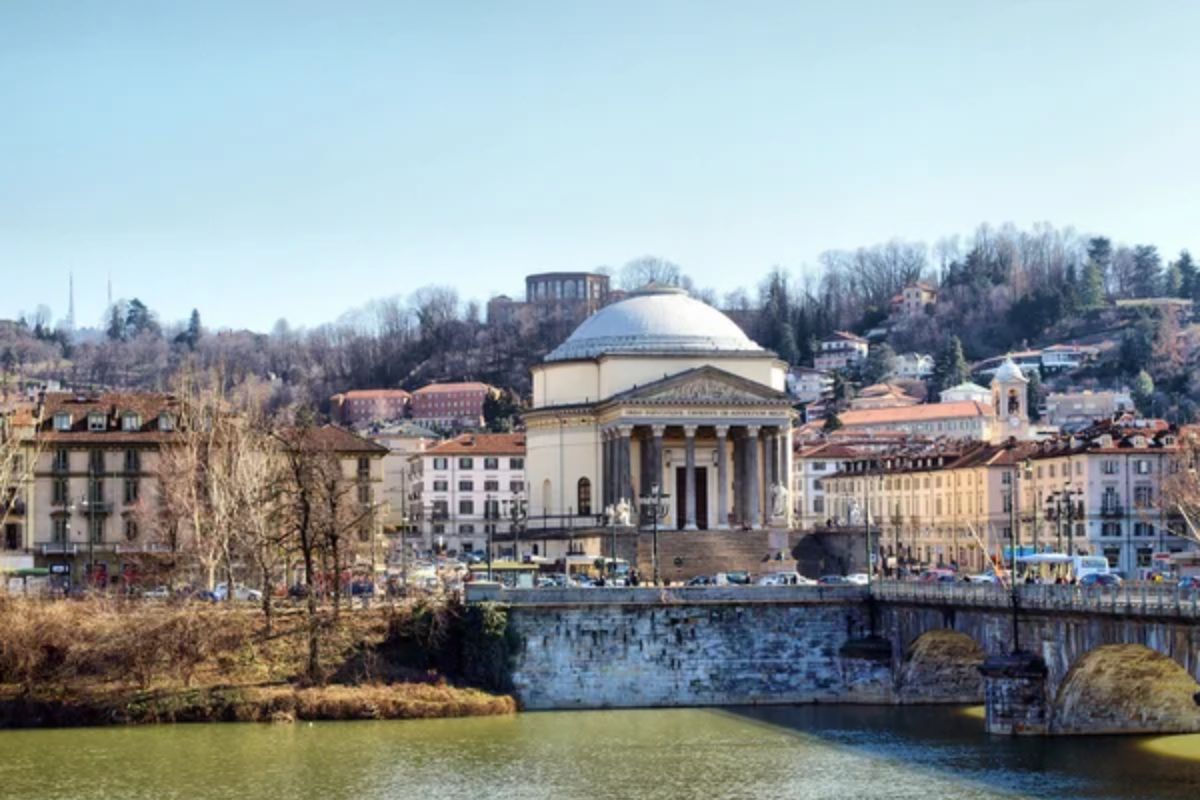
North of Barolo, Alto Piemonte’s high-elevation vineyards produce elegant Nebbiolo-based wines in relative obscurity. The region’s cooler climate and volcanic soils create wines with distinctive mineral characteristics and remarkable aging potential.
Local producers often work with field blends of indigenous varieties, adding complexity to their wines. The area’s porphyry soils contribute unique mineral notes not found in other Nebbiolo wines.
Despite producing wines of similar quality to those of more famous Piedmont regions, Alto Piemonte’s bottles remain surprisingly affordable.
Cahors
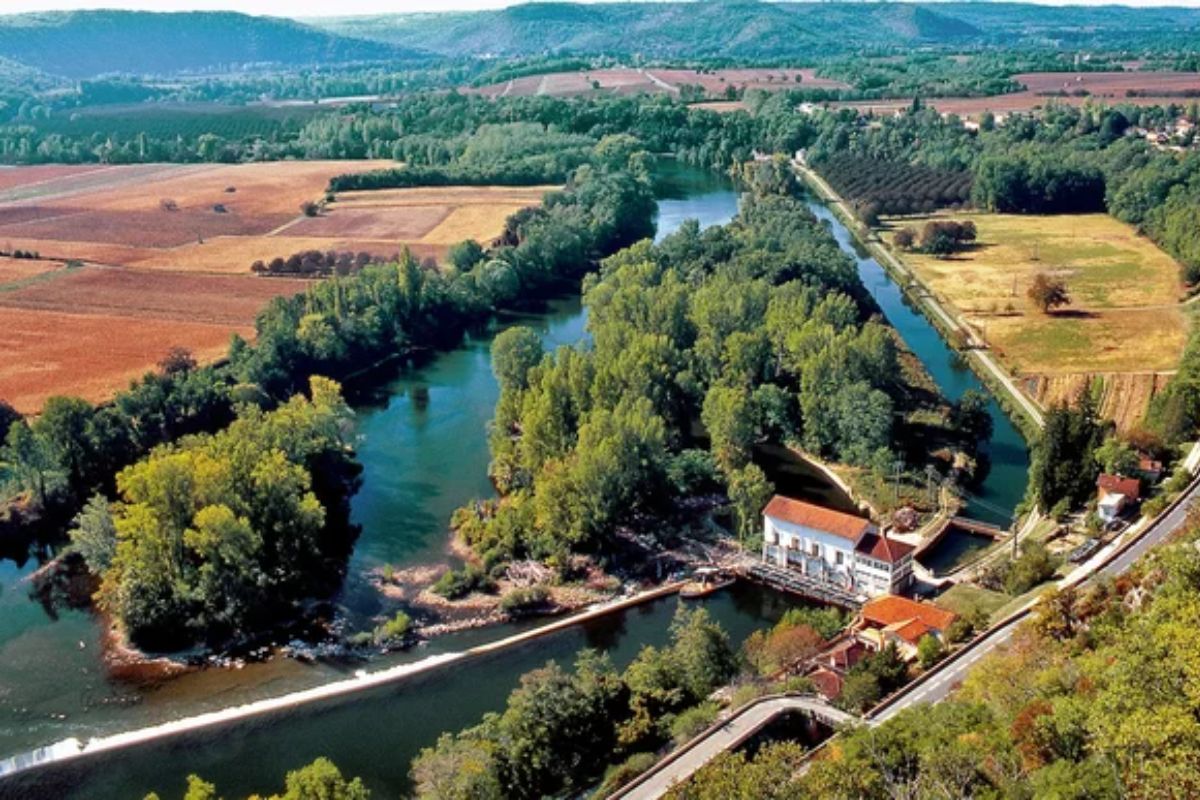
In southwest France, Cahors produces distinctive Malbec wines that rival the best of Argentina. The region’s limestone and clay soils create perfect conditions for developing complex, age-worthy wines.
Local producers focus on expressing their unique terroir rather than copying international styles. The area’s varied elevations allow for different expressions of the Malbec grape.
Despite being Malbec’s ancestral home, Cahors remains less known than its South American counterparts.
Like Travel Pug’s content? Follow us on MSN.
Bairrada
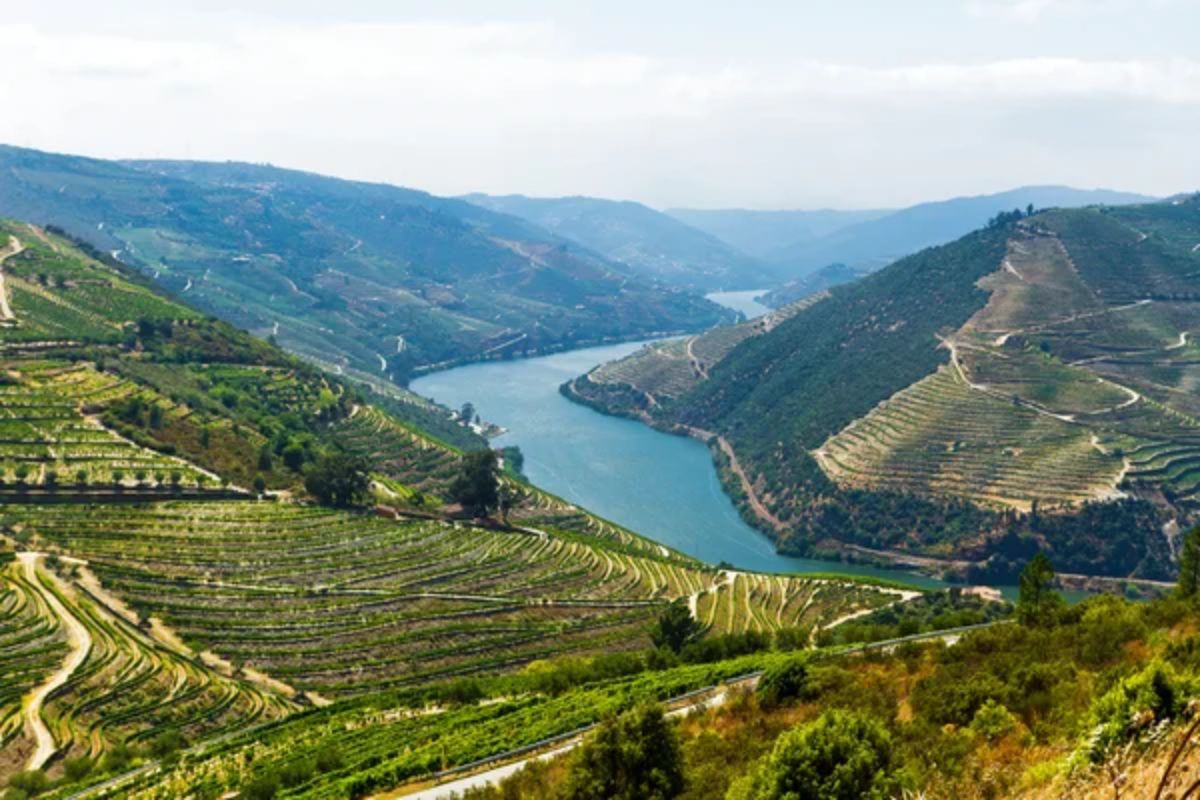
Along Portugal’s Atlantic coast, Bairrada produces distinctive red wines from the challenging Baga grape. The region’s clay-limestone soils and maritime climate create perfect conditions for developing complex wines.
Local producers increasingly focus on single-vineyard bottlings that express specific terroirs. The area’s traditional sparkling wines also deserve attention for their quality and value.
Despite recent improvements in quality, Bairrada remains overshadowed by the Douro and Dão regions.
Hawke’s Bay

On New Zealand’s North Island, Hawke’s Bay produces world-class Bordeaux blends that remain under the radar. The region’s diverse soils and warm climate create perfect conditions for developing complex red wines.
Local producers increasingly focus on single-vineyard bottlings from the famous Gimblett Gravels sub-region. The area’s long growing season allows for full ripening of Cabernet Sauvignon and other Bordeaux varieties.
Despite producing some of New Zealand’s finest red wines, Hawke’s Bay remains overshadowed by Marlborough’s Sauvignon Blanc.
Mount Harlan
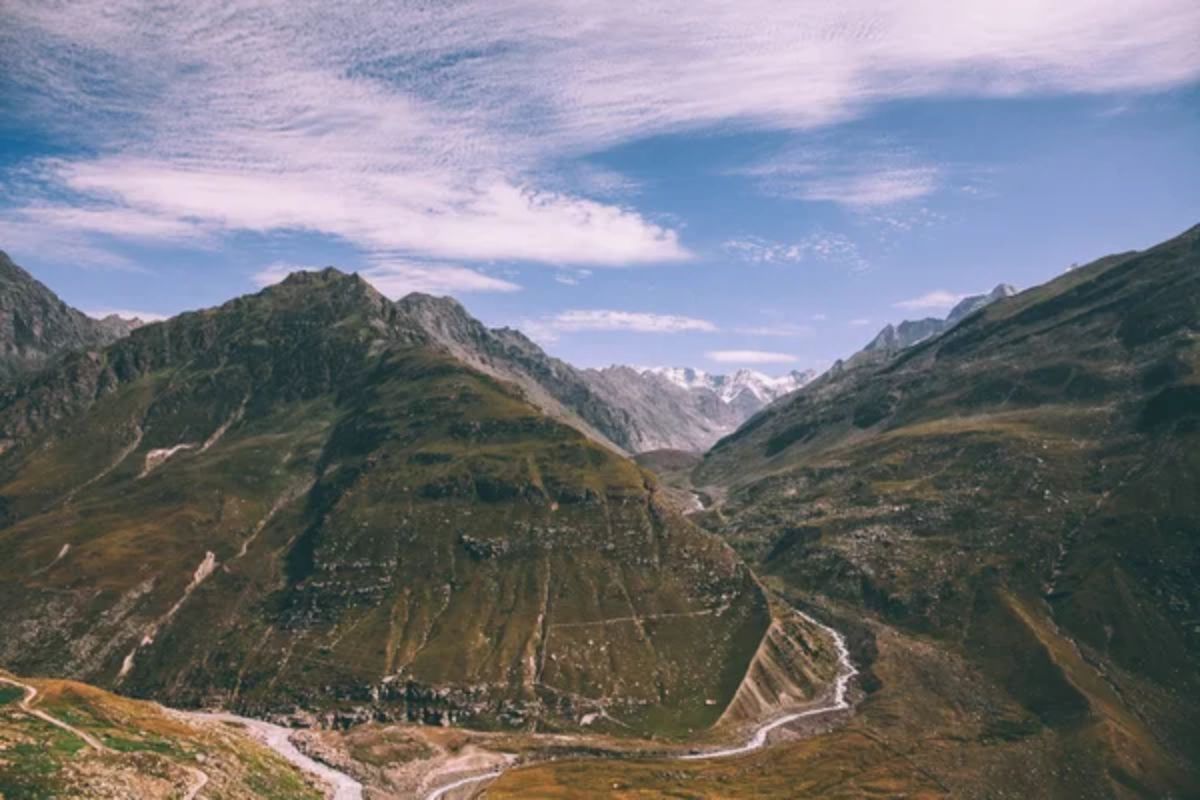
High in California’s Gabilan Mountains, Mount Harlan produces exceptional wines in splendid isolation. The region’s limestone soils and high elevation create perfect conditions for both Pinot Noir and Chardonnay.
Local pioneer Josh Jensen established the area’s reputation for wines of remarkable elegance and complexity. The remote location and difficult growing conditions naturally limit yields, ensuring concentration and quality.
Despite critical acclaim, Mount Harlan remains less known than other California premium wine regions.
Like Travel Pug’s content? Follow us on MSN.
Niederösterreich
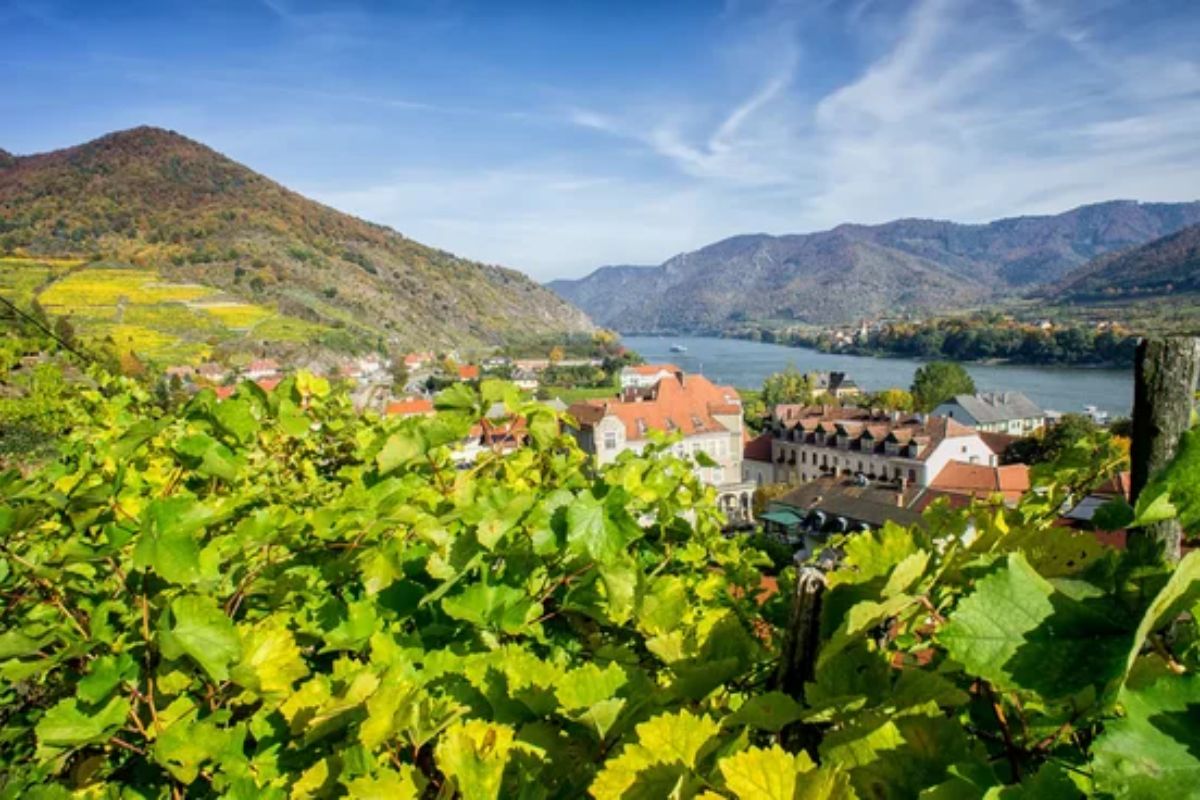
Austria’s largest wine region produces distinctive whites that deserve greater international recognition. The area’s diverse soils and climates allow for the successful cultivation of numerous grape varieties.
Local producers excel with Grüner Veltliner and Riesling, creating wines of remarkable precision and complexity. The region’s varied elevations and exposures create numerous unique microclimates.
Despite producing some of Austria’s finest wines, Niederösterreich remains relatively unknown outside Central Europe.
Valdeorras
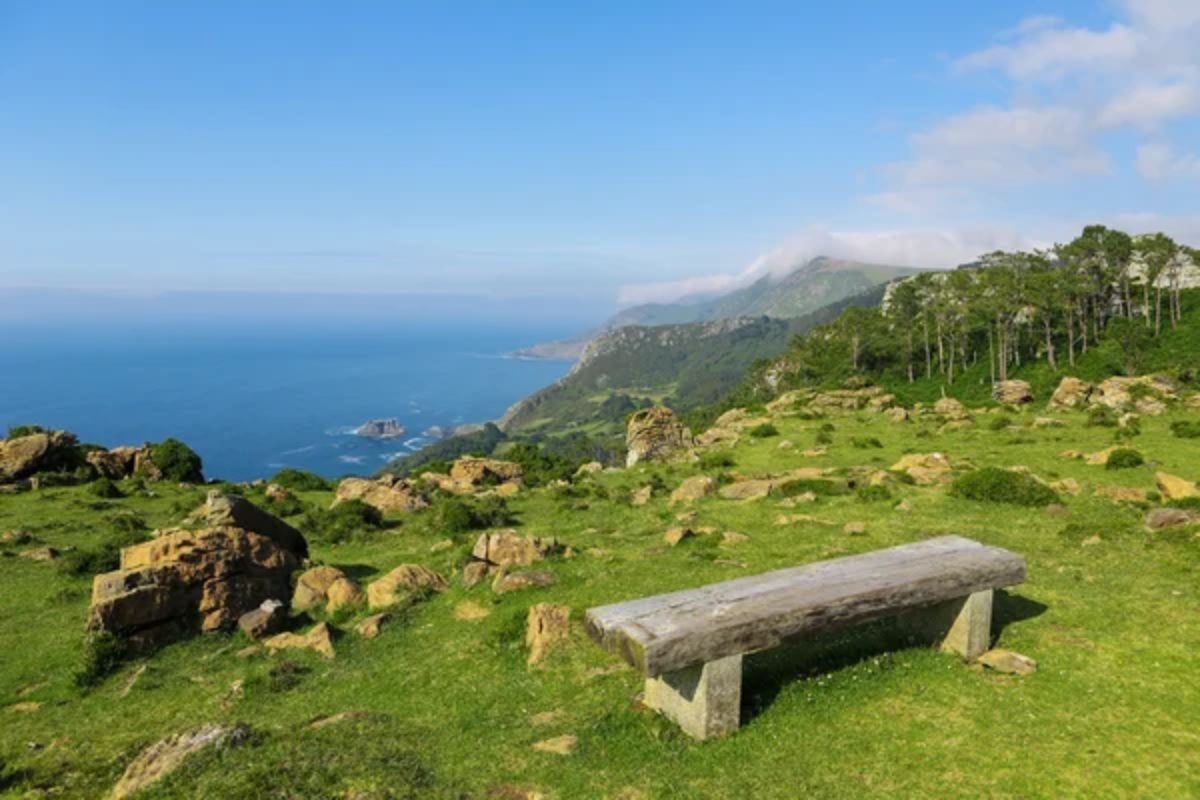
In Spain’s Galicia region, Valdeorras produces distinctive whites from the Godello grape that rival fine white Burgundy. The area’s slate soils and continental climate create perfect conditions for developing complex white wines.
Local producers increasingly focus on single-vineyard bottlings that express specific terroirs. The region’s ancient Roman gold mines left galleries that now serve as natural wine cellars.
Despite producing some of Spain’s finest white wines, Valdeorras remains overshadowed by Rias Baixas and its Albariño.
Walla Walla Valley
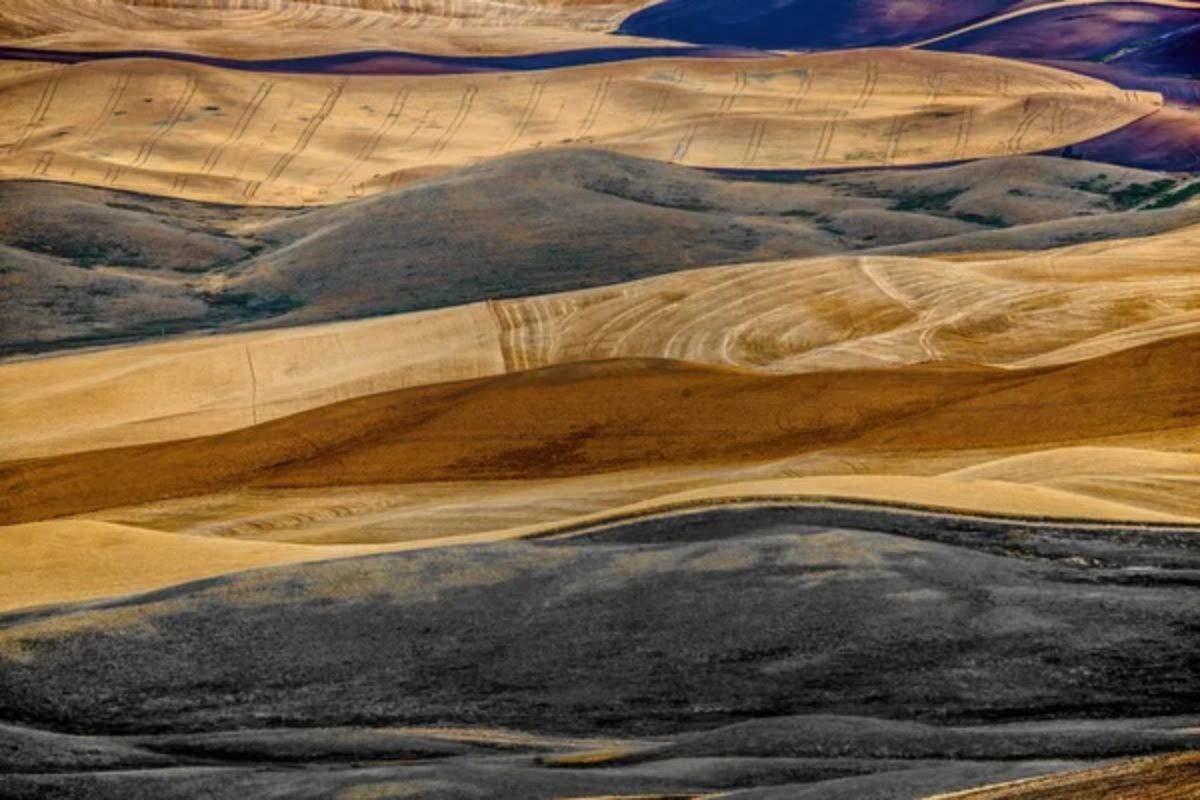
Straddling Washington and Oregon, Walla Walla Valley produces world-class wines from diverse terroirs. The region’s varied soils and climate create perfect conditions for numerous grape varieties.
Local producers excel with both Bordeaux and Rhône varieties, creating wines of remarkable complexity. The area’s elevation and rain shadow effect ensure ideal growing conditions during the growing season.
Despite consistent critical acclaim, Walla Walla remains less known than other Pacific Northwest wine regions.
Hidden Gems in Your Glass
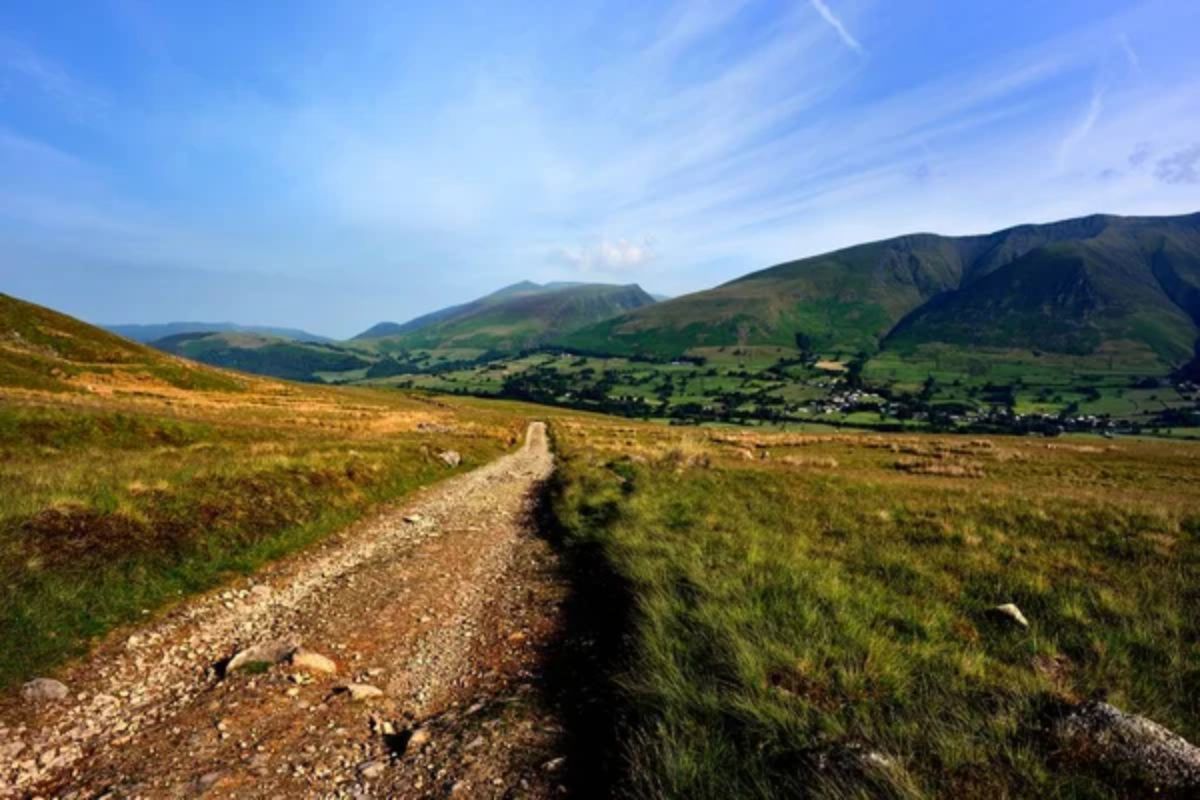
These unsung wine regions prove that exceptional wines often come from unexpected places. Their relative obscurity often means better values for wine lovers willing to explore beyond famous names.
As global wine culture continues to evolve, these regions offer exciting alternatives to more established wine regions. Their unique combinations of climate, soil, and tradition create distinctive wines that deserve wider recognition in the wine world.
Like Travel Pug’s content? Follow us on MSN.
More from Travel Pug

- 20 Towns Built for One Purpose That Were Later Abandoned
- 15 Hidden Spots in Disney World’s Magic Kingdom Most Visitors Miss
- 15 Most Scenic Walks Anywhere in The World
- 15 Canyons in the U.S. That Are Just as Stunning as the Grand Canyon
- 10 Under-the-Radar Mountain Towns That Are Both Affordable and Beautiful
Like Travel Pug’s content? Follow us on MSN.
